In Pictures: Uncovering The Beds Of Ancient Humans
Excavated sleeping mats
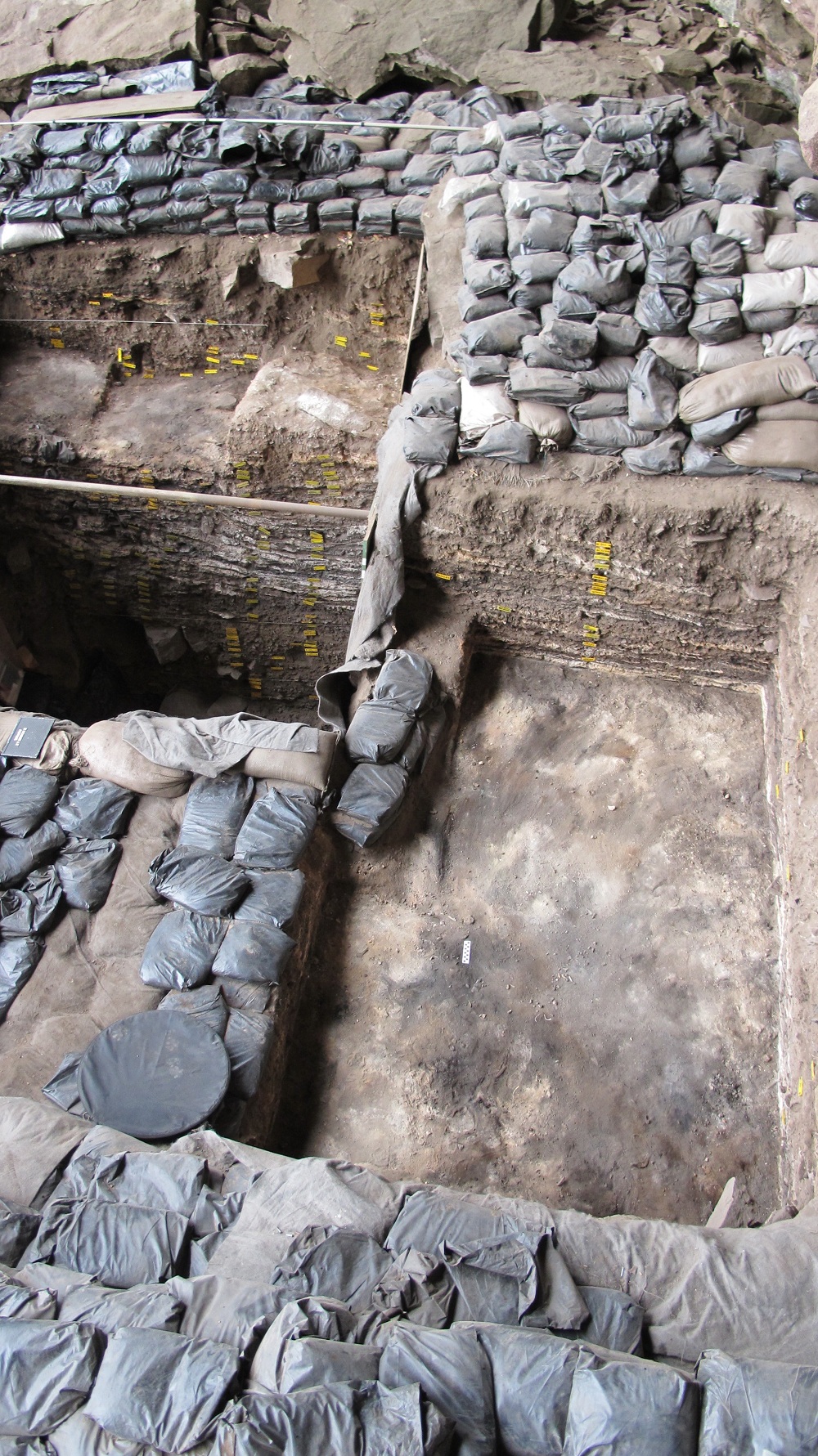
Researchers have found sleeping mats from early humans in South Africa, as many as 77,000 years ago, created out of local plants. Starting around 73,000 years ago, the site's inhabitants burned the bedding periodically, perhaps to get rid of pests and garbage. The excavation site at Sibudu is pictured here.
Mats made of local plants
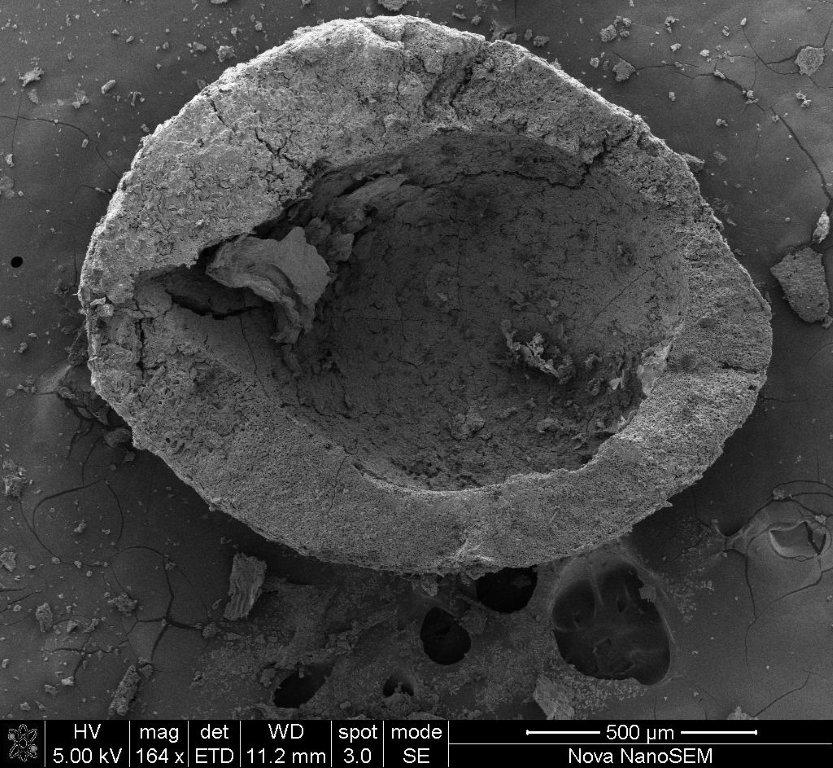
Burnt sedge nutlet from Sibudu at 58,000 years ago. The mats, discovered at the Sibudu rock shelter, are approximately 50,000 years older than other known examples of plant bedding. They consist of compacted stems and leaves of sedges, rushes and grasses stacked in at least 15 layers within a chunk of sediment 10 feet (3 meters) thick.
Layer upon layer
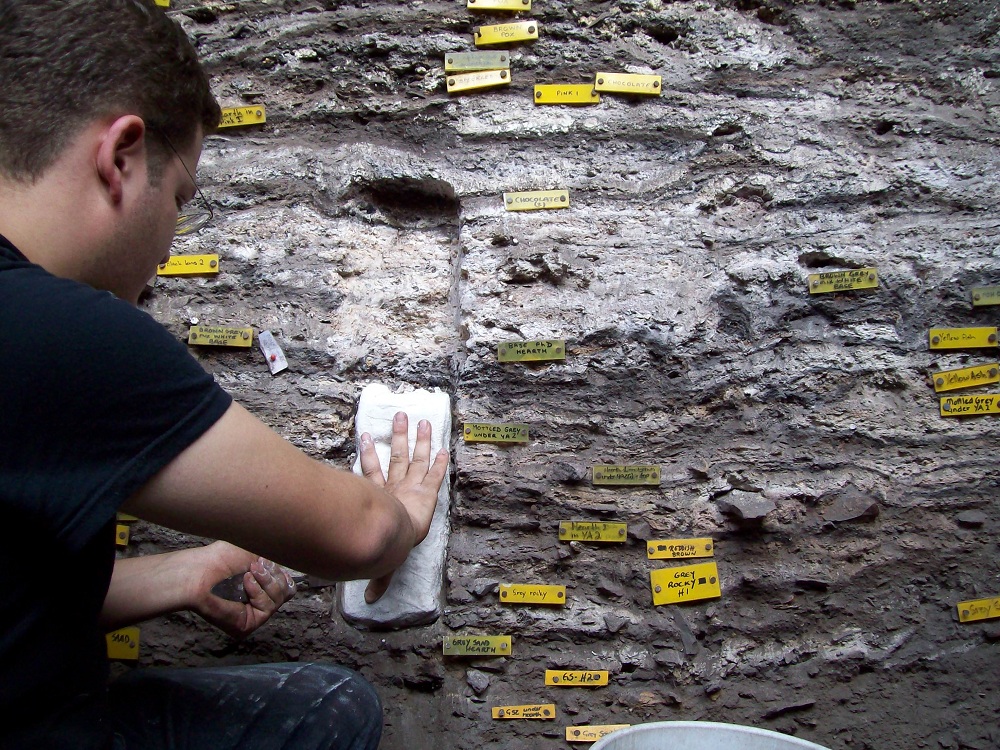
Study researcher Christopher Miller of the University of Tübingen in Germany, sampling sediments in order to make geological thin sections. This three-meter thick sequence spans a period of about 77,000 to 38,000 years ago and indicates that humans were repeatedly constructing sleeping mats from plant material. These compacted plant layers may also been used as work surfaces.
Burnt bedding
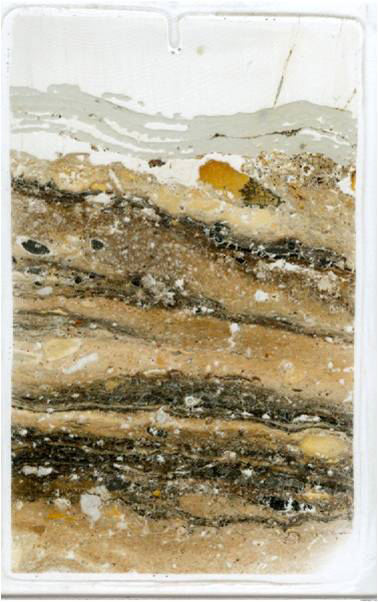
Geological thin section, in profile, of multiple burnt bedding layers (thin section is 5x7.5 cm). The thin black layers are carbonized stems and leaves, and the light colored layers are ashes derived from the burnt bedding. The layers here date to 58,000 years ago.
Fossilized mattresses
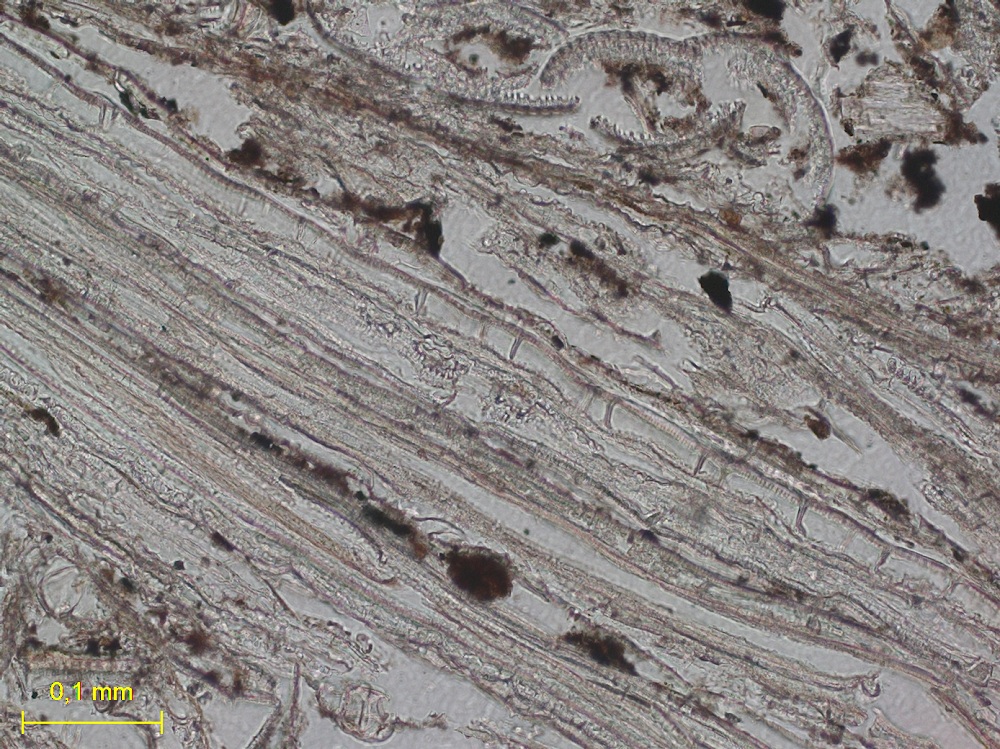
A photomicrograph (scale in lower left is 0.1 millimeters, or 0.004 inches) from a geological thin section of bedding, in profile. The laminated remains of sedges and other plants from the bedding are visible here as silica-rich fossils. This bedding layer is dated to before 77,000 years ago.
Ancient leaves
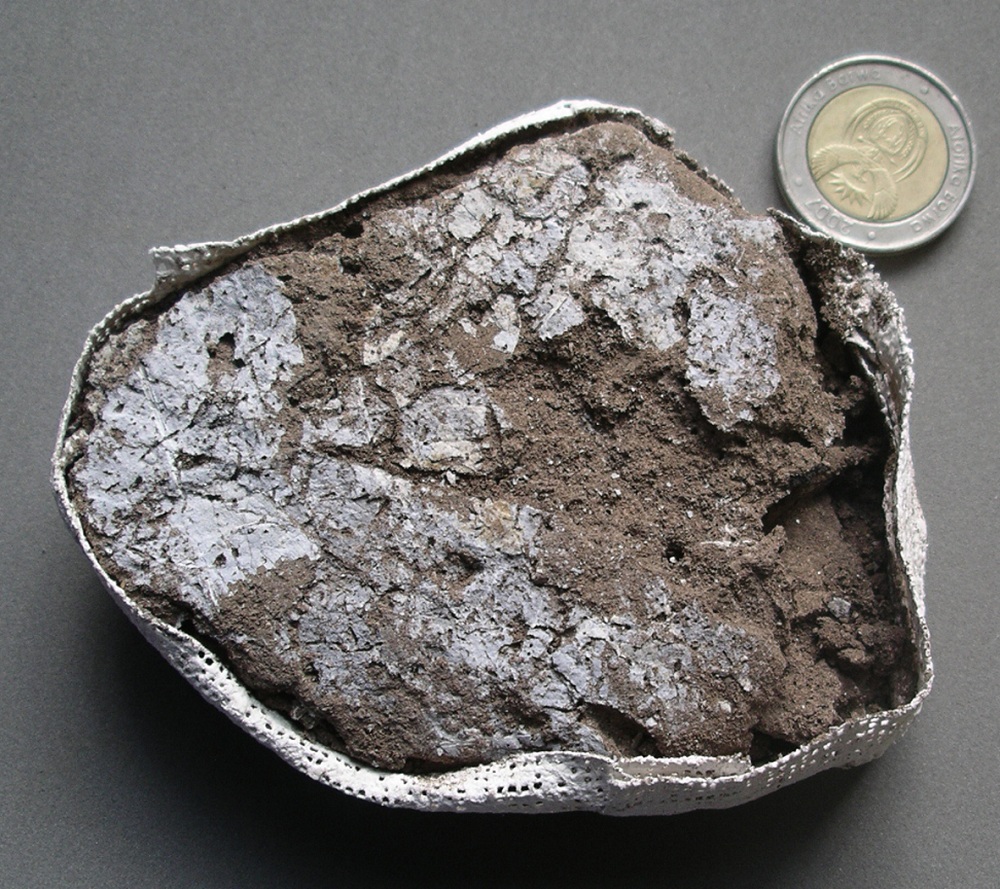
Leaves in plaster jacket. Some of these plants the ancient humans used to build their sleeping mats may have provided some protection against mosquitoes and other insects, the researchers report. Specifically, Cryptocarya woodii, whose crushed leaves emit traces of chemicals that have insect-repelling properties.
Leaf fragments
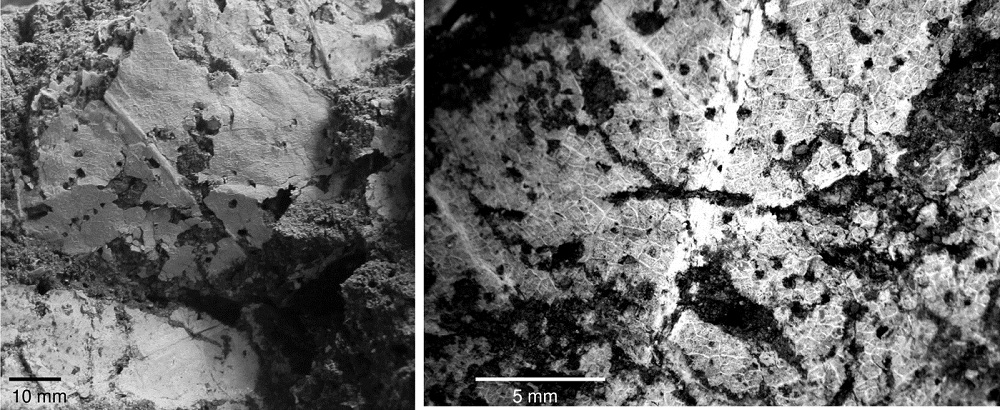
Cryptocarya woodii leaf fragments from one of the sleeping mats. Modifying one's living space, including the sleeping environment, is an important aspect of human behavior and culture. The oldest of these mats are about 77,000 years old, making them roughly contemporaneous with other South African evidence of "modern" human behavior, such as the use of shell beads, engraving, and innovative stone technology.
Sign up for the Live Science daily newsletter now
Get the world’s most fascinating discoveries delivered straight to your inbox.
Ancient sleeping plant
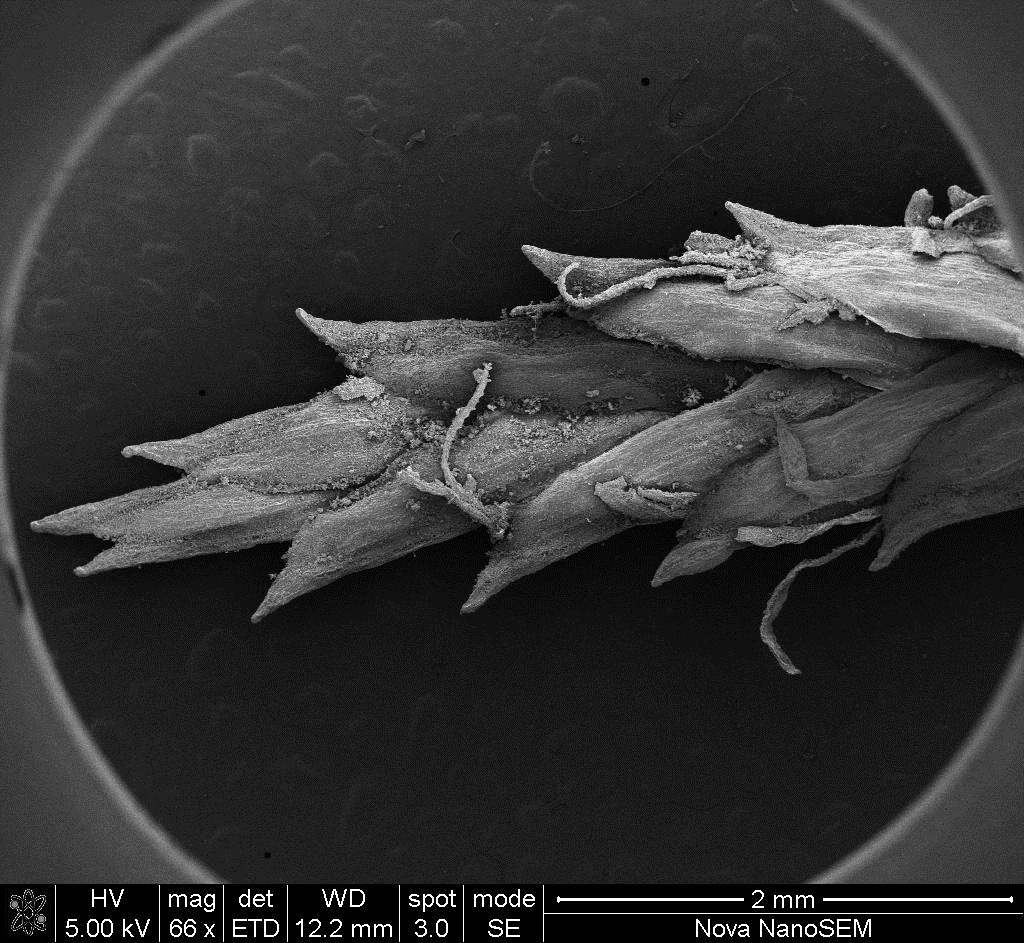
Sidudu Cyperus sp. Spikelet about 73,000 years old. Many of the plant remains are species of Cryptocarya, a genus that is used extensively in traditional medicines. "The selection of these leaves for the construction of bedding suggests that the early inhabitants of Sibudu had an intimate knowledge of the plants surrounding the shelter, and were aware of their medicinal uses," study researcher Lyn Wadley, an archaeologist at the University of the Witwatersrand in Johannesburg, South Africa told LiveScience.
Modern plants
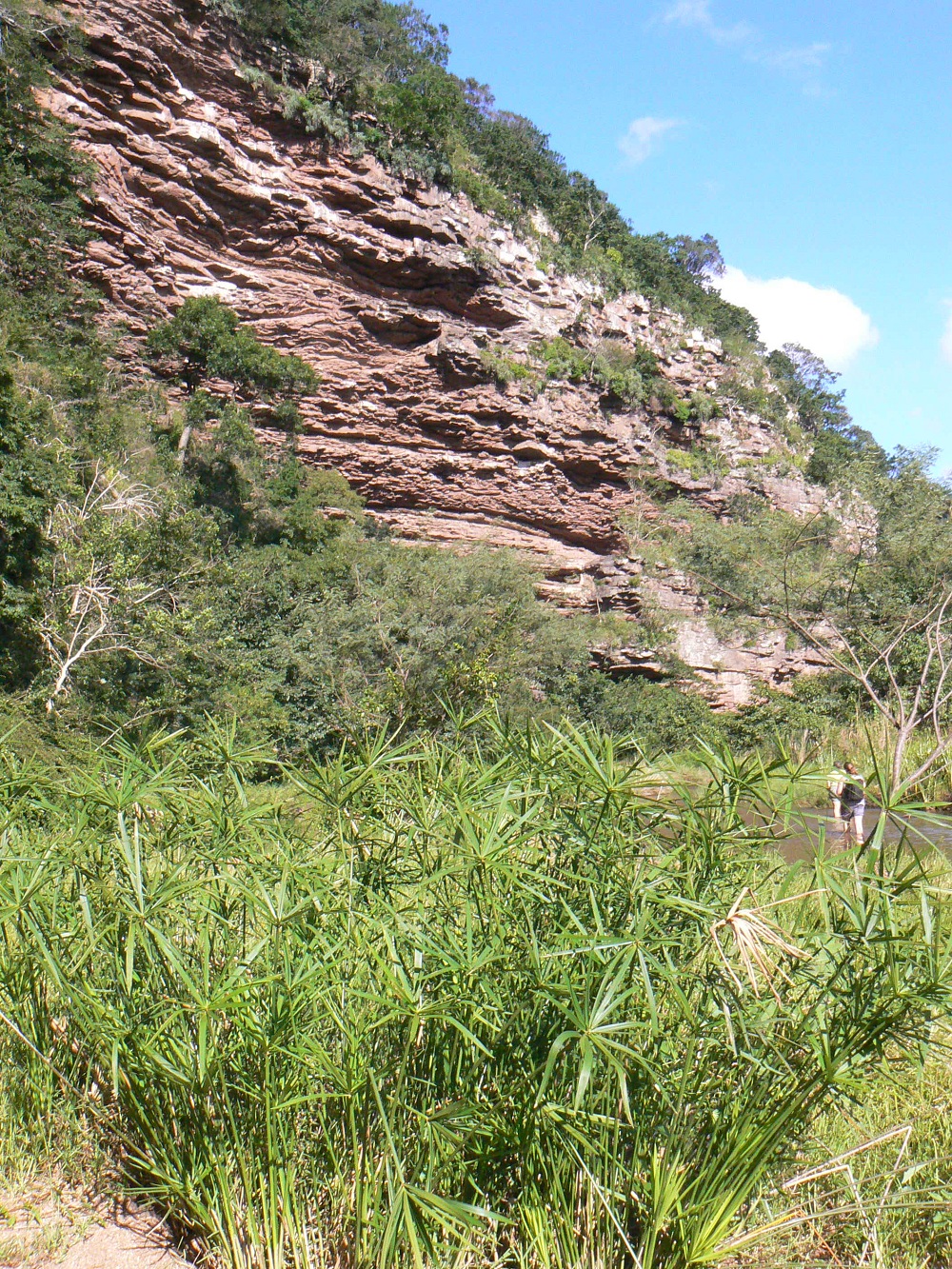
Modern sedges growing on the uThongathi River near Sibudu, where the ancient sleeping mats were discovered. "The inhabitants would have collected the sedges and rushes from along the uThongathi River, located directly below the site, and laid the plants on the floor of the shelter," study researcher Lyn Wadley, an archaeologist at the University of the Witwatersrand in Johannesburg, South Africa told LiveScience.
An ancient home
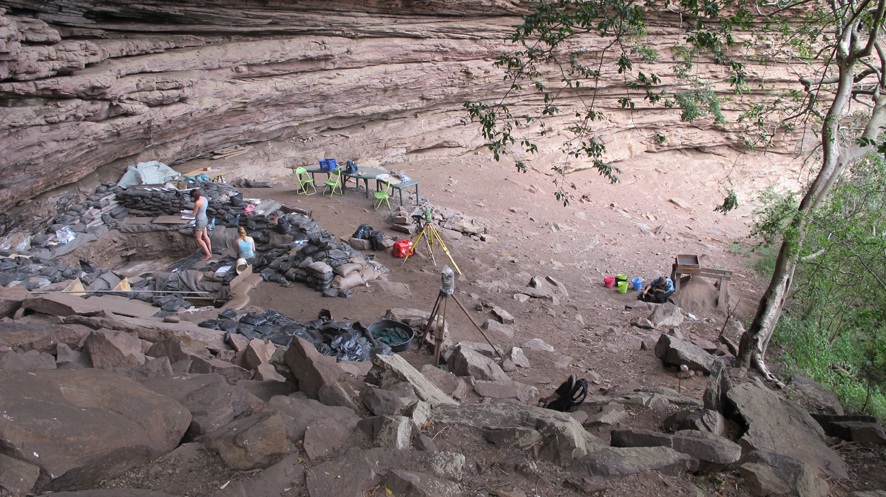
Sibudu excavations 2011. The researchers also found that the bedding layers become more densely spaced starting around the 58,000-year mark, suggesting an increase in the local population. All told, these layers reveal mat-making over a period of about 40,000 years.
Why is yawning contagious?
Scientific consensus shows race is a human invention, not biological reality










